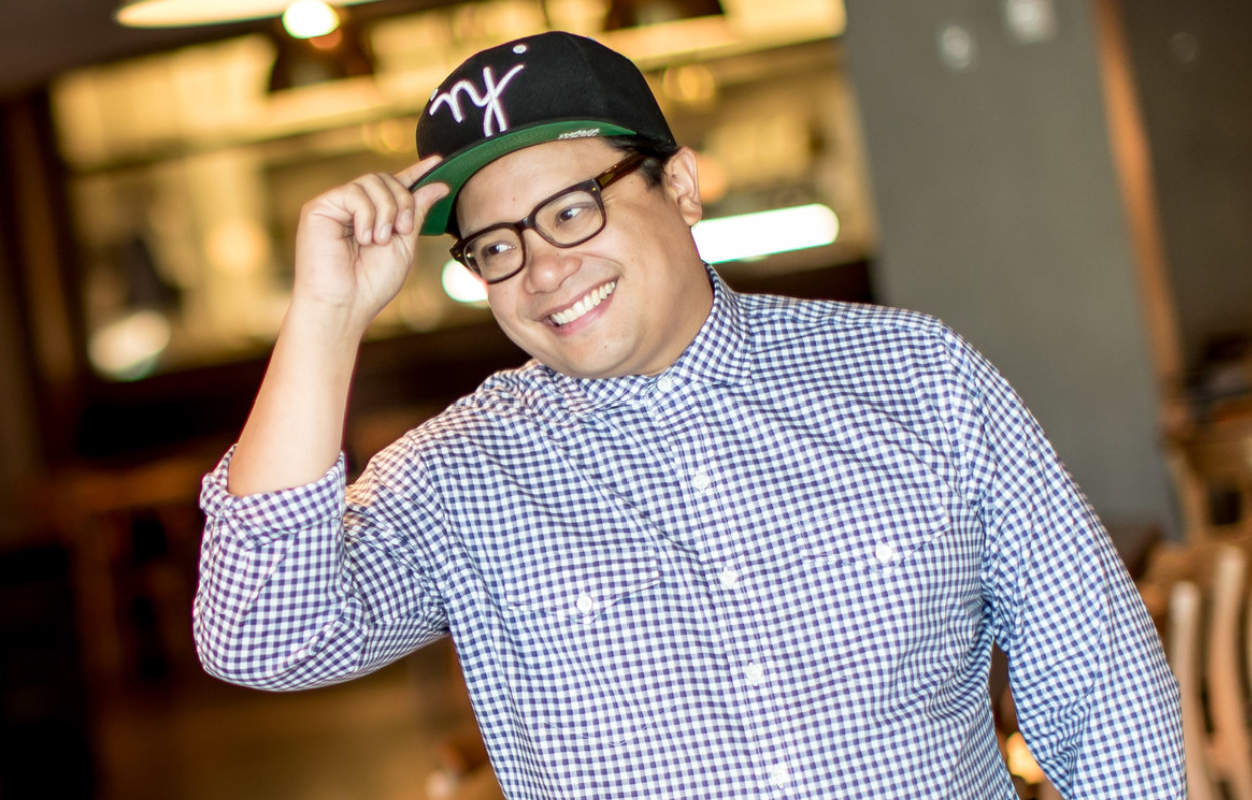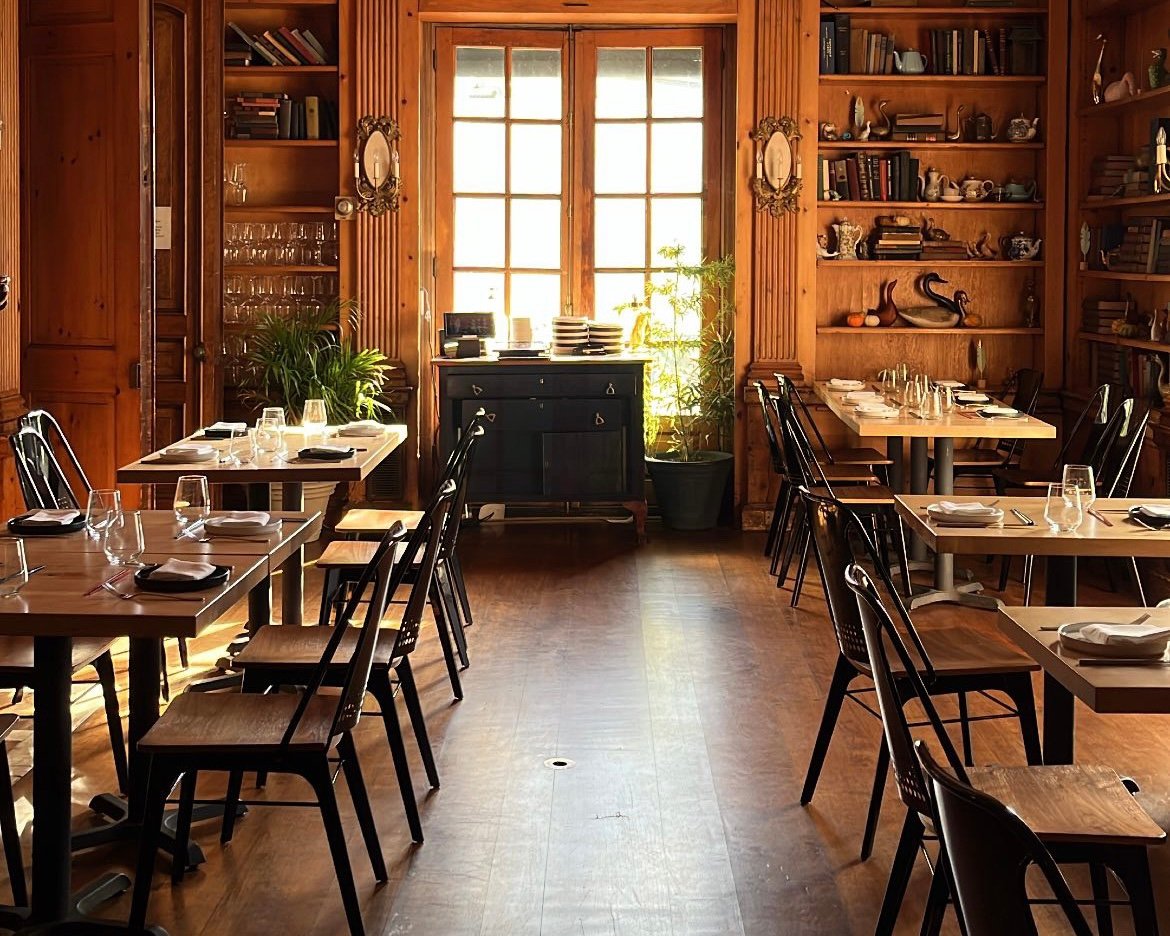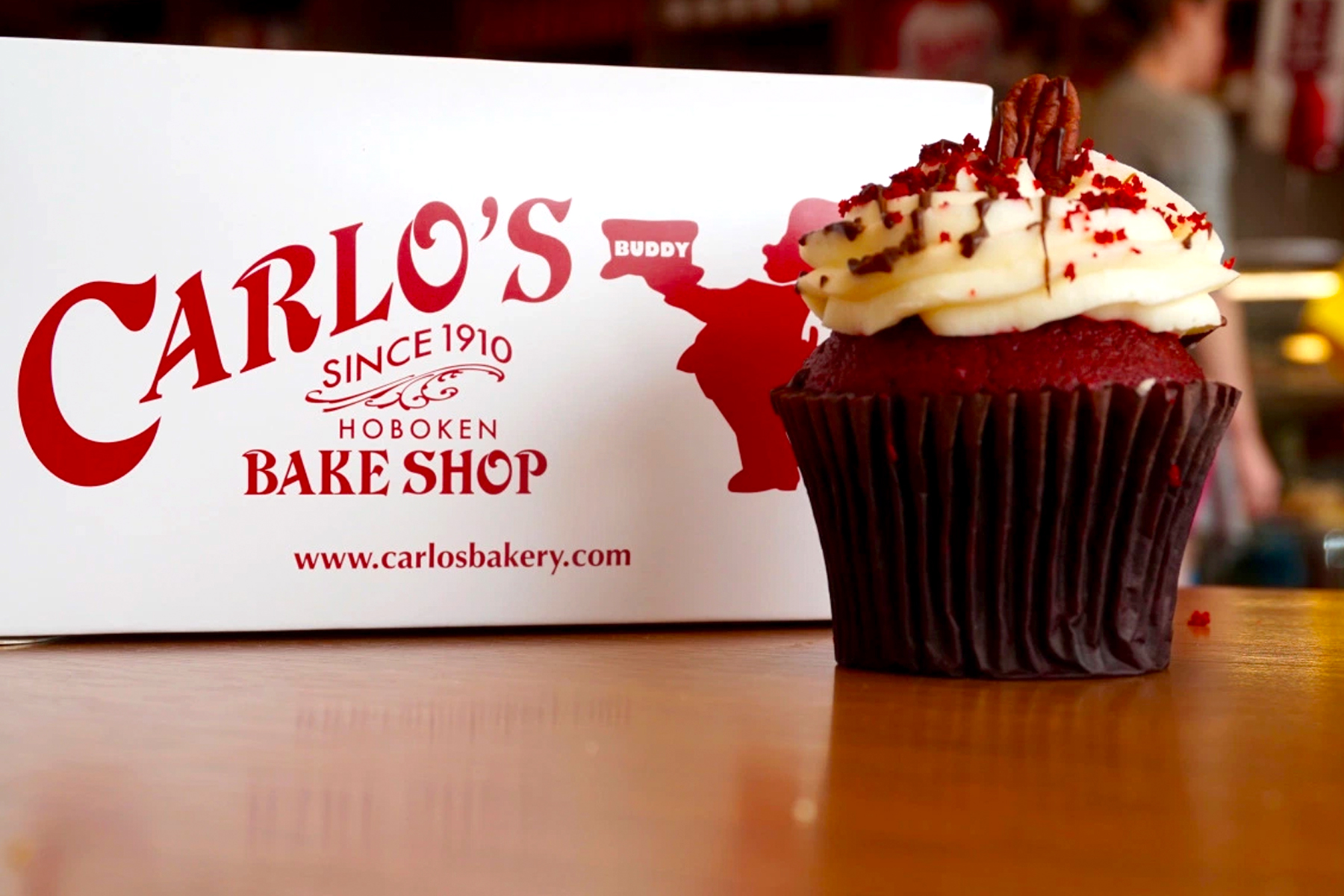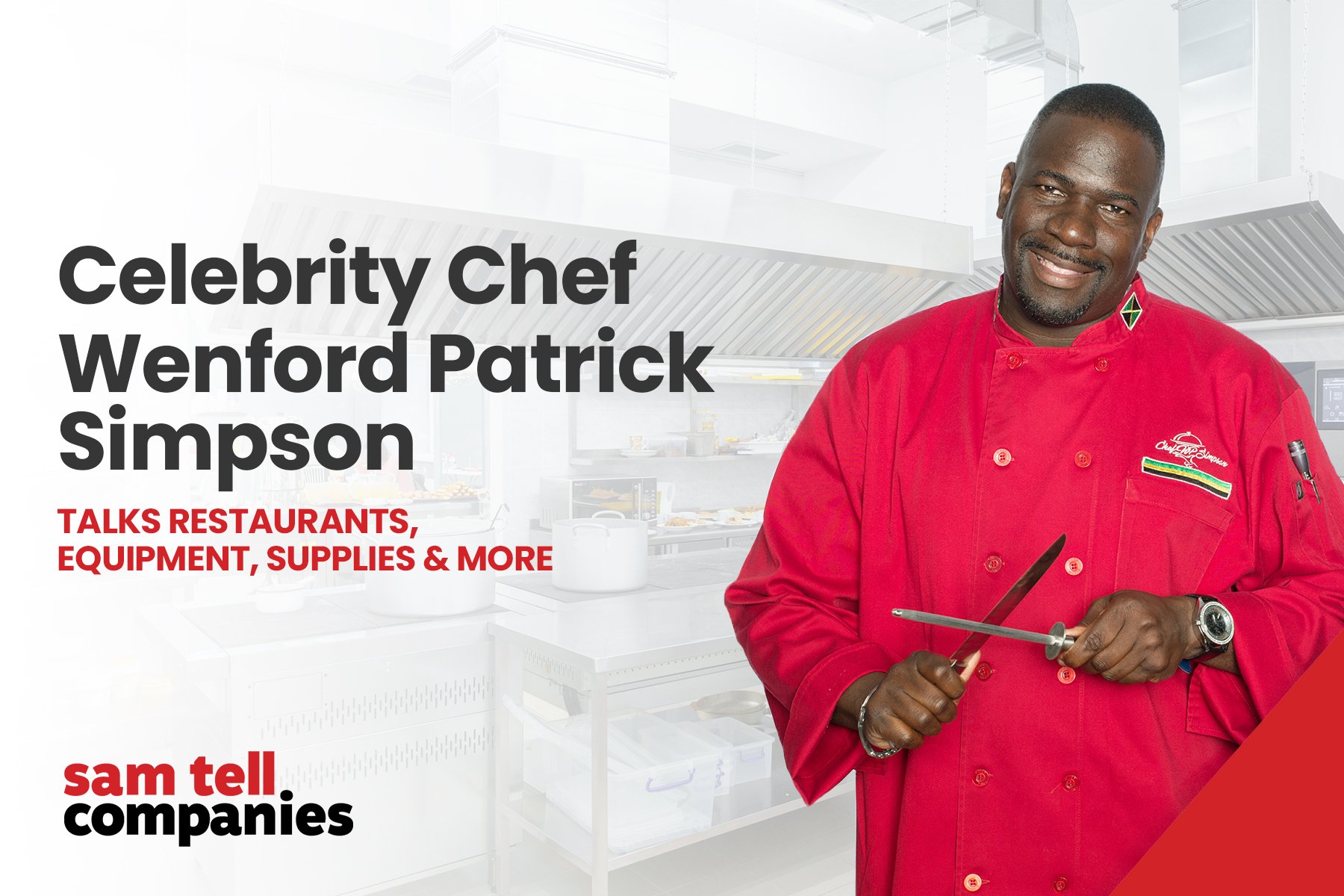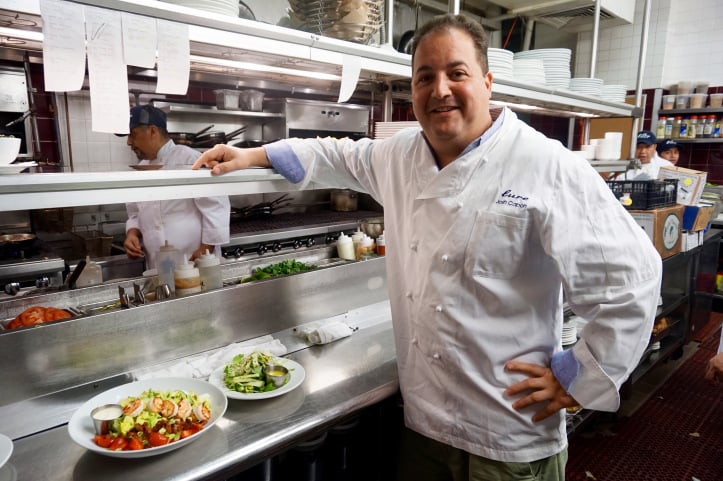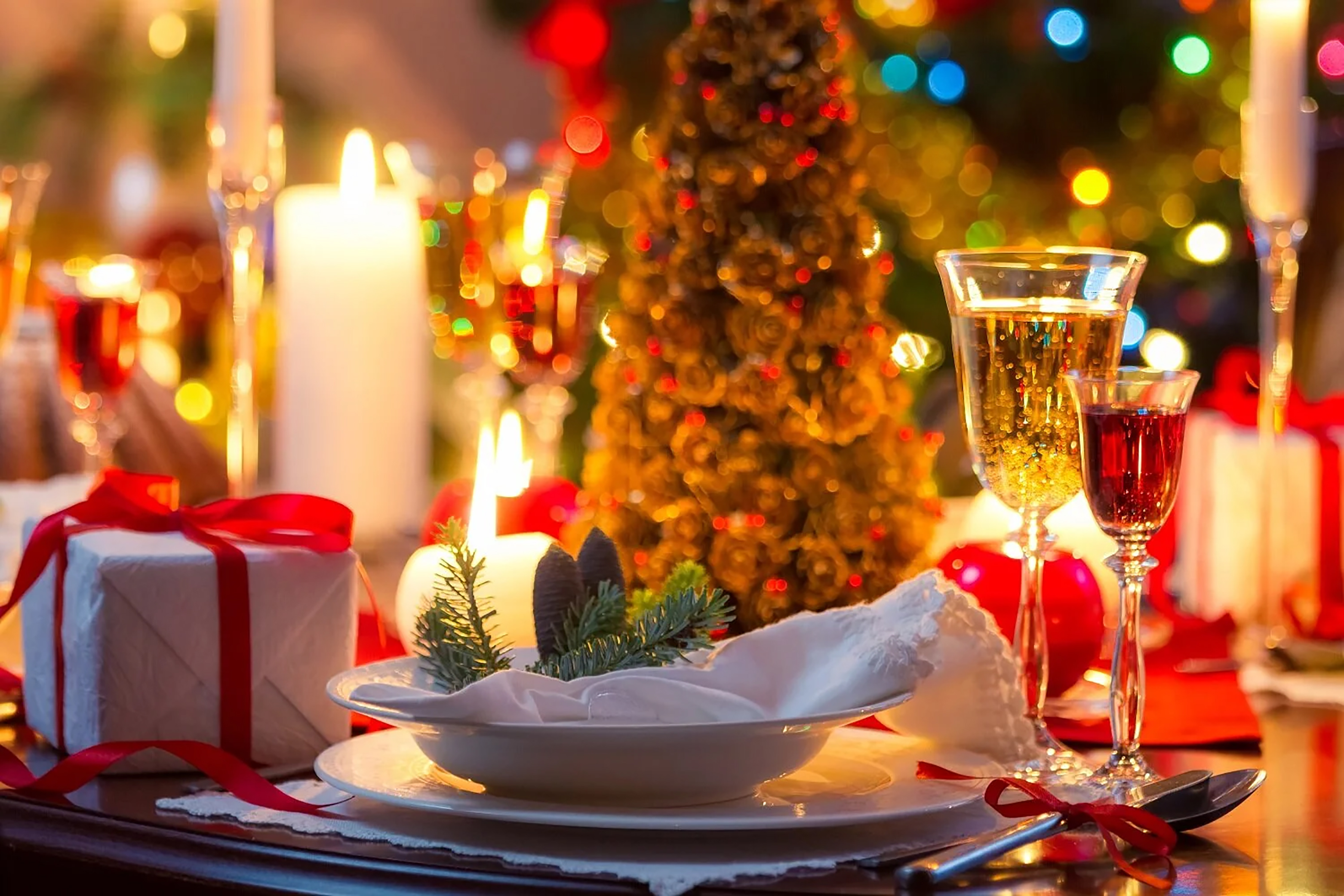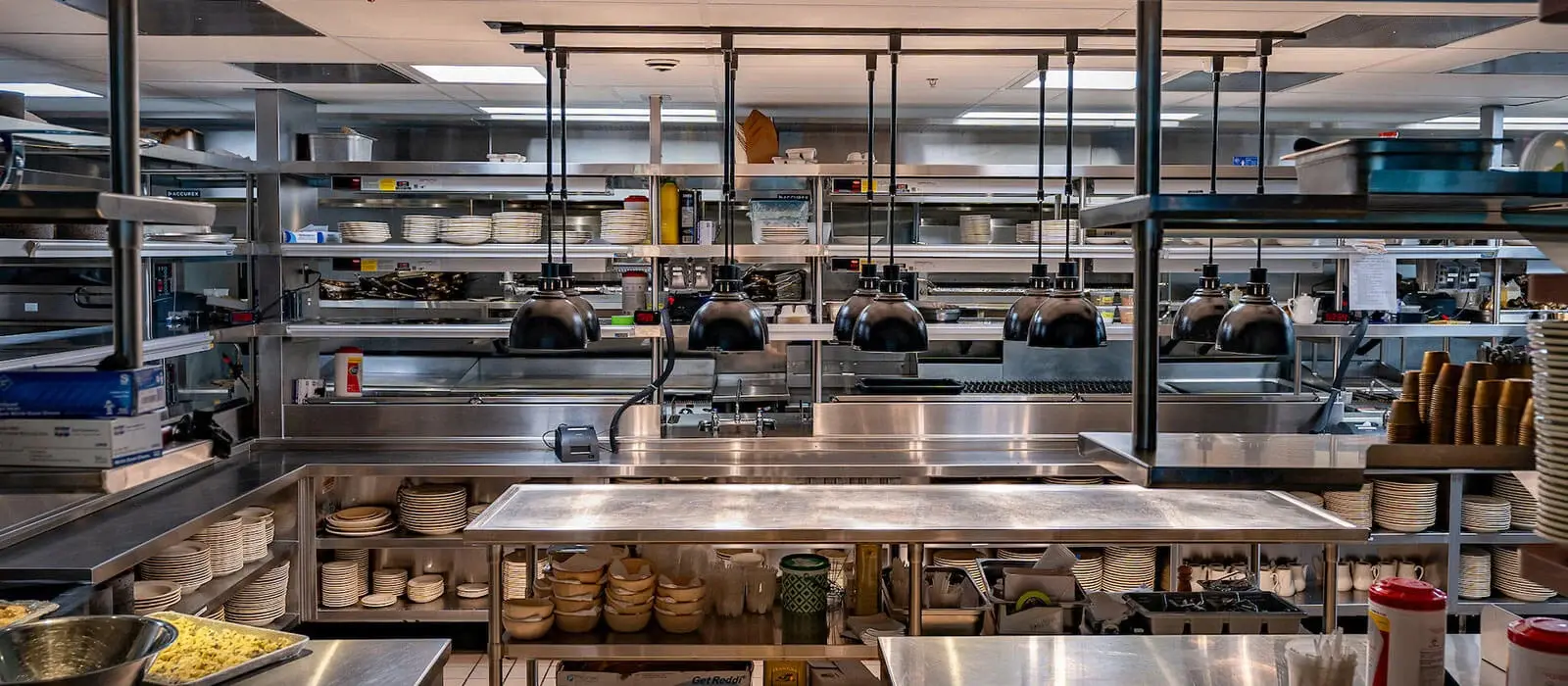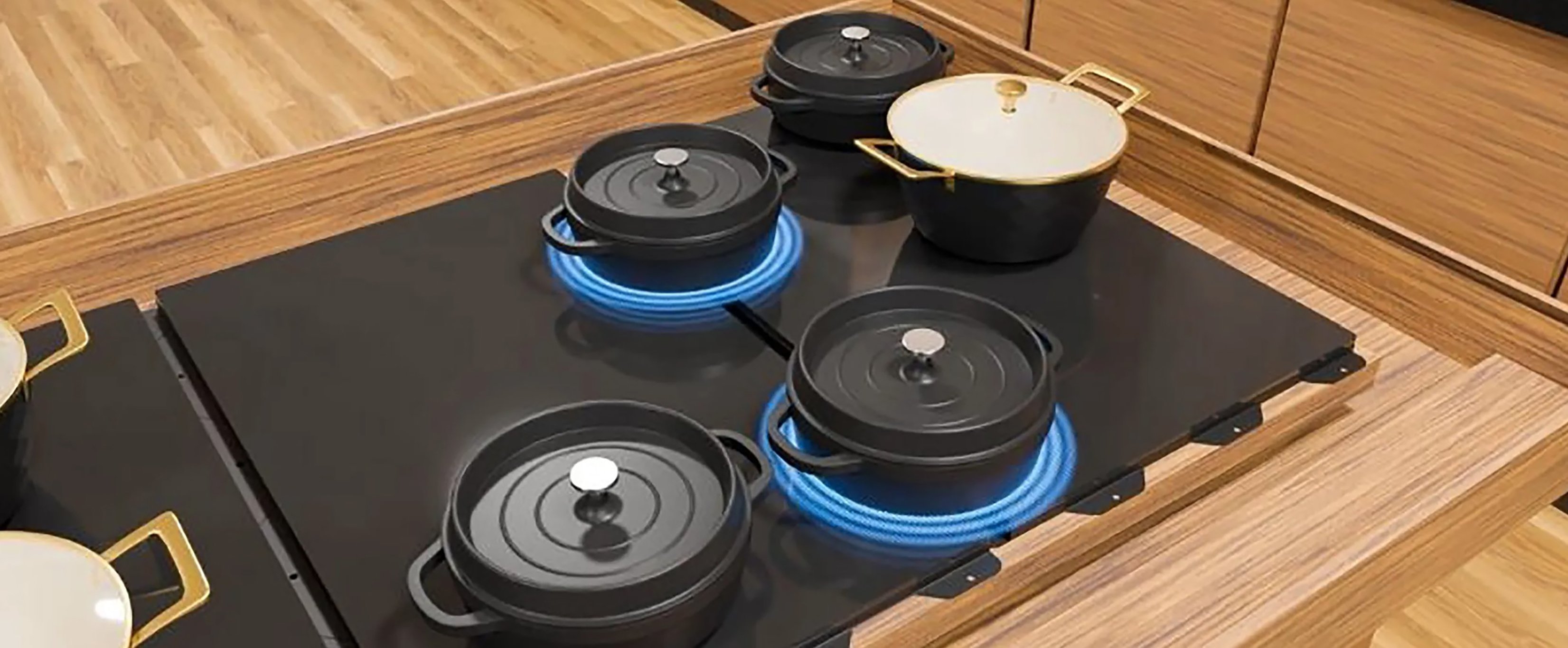Sam Tell is a family business with four generations of Tells working within the company since its founding in 1956. However, our family values extend far beyond our name.
Our loyal customers are part of the clan too. Dale Talde has been a cherished member of the Sam Tell family for many years, and we’ve proudly watched him establish a great name for himself. Chef Talde is known for his restaurants — Massoni, Rice & Gold, TALDE, and Goosefeather — and for competing and judging on Top Chef, Chopped, Iron Chef America, Knife Fight, and Beat Bobby Flay. Chef and his wife Agnes offer a range of hospitality consulting services through their business Food Crush Hospitality.
We interviewed Chef Talde in November about his extraordinary journey to success. He shared not only a candid account of what it’s like being an executive chef and restaurant owner but also helpful insights into the designs and equipment that make his restaurant Goosefeather unique.
We met at his restaurant Goosefeather, at 49 E Sunnyside Ln in Tarrytown, New York. Before entering the restaurant, you have to drive up a windy narrow driveway until arriving at a 100-year-old mansion. Upon entering the restaurant, you realize the vastness of the interior, along with the healthy streams of light that pour into the dining room. The walls and woodwork built 100 years ago are still intact; the only additions are the dining features like the tables, chairs, and tabletop. It all sets the stage for a special meal prepared from a highly productive kitchen designed and equipped by Sam Tell.
SAM TELL: “Tell me a little bit about your history. What made you want to go to culinary school in the first place?”
CHEF TALDE: “My passion for cooking began by watching my mom. But I think there were a lot of moments that had nothing to do with cooking — it was me in the workforce hating my job. As a telemarketer, I sat at my desk, and I told myself I had enough. I bagged groceries, and I told myself it sucked, but at least there was a connection to food and culture because certain groups of people have ordering patterns. For instance, the Indian community in the northwestern suburbs of Chicago didn’t eat meat. You start to product identify things naturally as a cashier, and you become curious about what they’re making."
“What did you learn in culinary school?”
“I went to CIA in Hyde Park, and I was classically French-trained, so I learned all the techniques of a French kitchen—searing, roasting, brazing, grilling—to name a few. Culinary school taught me how to move in a kitchen. You’re supposed to have six months or a year of experience in a kitchen, and I worked as a host at a pancake house and served tables. I didn’t work in a kitchen, so it was hard. When I learned how to move in the kitchen, it became fun.”
“Who are some of your favorite chefs?”
"Jean-Georges. I worked for him as one of my first kitchen gigs, and the guy churns out hits. He’s like Drake; every time he comes out with something, it’s a banger, his restaurants are consistently fantastic. He has 3-4 star Michelin restaurants, like the Fulton, and everything is beautiful. Dan Barber at Blue Hill – talk about somebody who’s pivoted during the pandemic. He had picnics on his farm and brought in guest chefs. He’s a locavore who respects produce and seasonality. My old Chef Carrie Nahabedian at Brindille and Kostali. She was someone who taught me how to cook the food you want to eat; being local and seasonal was always her thing. She taught me how to prepare foie gras. I would make a piece of foie, and she was like, ‘I want to eat here when you cook it.’”
“What advice do you have for young chefs?”
“Get as much information and experience as you can before you dive in and be a chef. Go work at a restaurant, go throw out the garbage for a while, because that’s what my executive chef does when the dishwasher doesn’t show up. He’s washing dishes, throwing out garbage, and cleaning the restaurant. It’s what you do as a chef.”
“And how would you describe the goal of a restaurant owner?”
“When you open a restaurant in a community, the goal is to get people to buy into the fact that it’s theirs. ‘That’s my restaurant,’ ‘that’s my bar,’ ‘that’s my seat, ‘that’s our table,’ ‘we always sit at that table,’ ‘that’s my server, we always have her.’ ‘That’s my bartender, she knows my drink,’ ‘that’s my glass of wine.’ The goal is to get someone to buy into that. Instead of you or your partners, the guest owns the restaurant. It’s the place they use as their dining room outside their home—to get away from their kids, complain about their day, get away from reality, or from the things that aren’t fun. We curate good times; that’s our job.”
“As you just said, it’s not all fun and games. What’s the most challenging part of this business?”
“The pressure because it’s just my wife and me. Everyone comes asking you questions, ‘What are we going to do?’ Luckily, I have a fantastic team here — an amazing back of house team, fantastic front of house team, a great general manager, fantastic executive chef, and partners who care about the business. It’s part of my job to make sure that my partners don’t have to worry about us. The hard part is the human factor; managing people, emotions, and staff."
“What’s the biggest challenge for your executive chef?”
“Everything has to fulfill its promise. Not only do you think the plateware, glassware, and surrounding area are beautiful, the food, service, and drink have to deliver. You can’t have everything look beautiful without substance behind it. The duck has to live up to the beautiful plate that it’s sitting on, and it’s sad when it doesn’t – that’s the fight every day.”
“It can’t be easy. What have you learned about kitchen design from your restaurants?
“Kitchen design for me has always been about maximizing the firepower, and I learned this at Buddakan. You never know how busy you’re going to be. You need burners, heaters, and ovens because all of them make more food. You can always scale back, but it’s harder to scale up. If you don’t need a piece of equipment, you pull it. But if you don’t plan for that piece of equipment to be there, it’s harder to get that piece of equipment in there when you need it.”
“What’s your favorite piece of kitchen equipment?
“The wok. We’re a Cantonese restaurant; it’s the lifeblood of our restaurant. That slight carbon char that comes off a wok when something’s tossed in it is something you can not replicate. If you smoke something, it’s going to taste like it. But with the wok, if you use it with a certain technique, you can pick up the breath of a wok – it’s called wok hay. It’s the flavor that the wok imparts onto food that’s tossed inside of it.”
“How did you decide on the menu?”
“There are 1,000 Italian restaurants and 1,000 pizzerias, so I thought we should go in another direction. I looked up Chinese restaurants around here, and there were none, and Chinese food is what I do well, or at least an Asian lean. So I was like, let’s do it. And my partners thought it was a good idea.”
“Has the menu changed over time?”
“What I’ve realized is that a lot of the community is looking for me to do me. I’ve pulled away from being solely Cantonese, and we try to be as seasonal as possible. Cantonese food isn’t very spicy, so we’re adding spice to some food. Slowly but surely, we’ve been adding food from my old restaurants, like the branzino in the tomato turmeric jam. And we serve it with moo shu pancake, so it’s more like a fish taco. So we’re spreading our wings a little bit from a creative end. I’ve gotten away from the fussy food where there’s 15 or 16 touches on something, or you’re swooshing a plate. As a kid, I wanted that. But I like fun food that tastes great, that’s full of flavor, that’s well done with great ingredients.”
“How did you decide on the tabletop?”
“This whole place is really random, so I wanted everything to be random. On this table, there’s a black and white plate. On that table, there are red and black chopsticks. Same chopstick but different colors. I didn’t want all the plateware to be one color, all white and austere. Every time a dish comes out, I want guests to wonder what it’ll be plated on. We’re trying to be as unique, fun, and random as possible. There’s kind of a yin and yang about this place, you’re sitting in a mansion that’s 100 years old, but you’re eating on modern Steelite plates.”
“We love what you’ve done Chef. What does the future look like?”
"We have to stay bendable, flexible, and fluid with our business. If you get a room at the upstairs mansion, it comes with a $250 voucher where we will come up and serve dinner in your room. You open the door, and we drop a table, chairs, candle, music; ‘what can I get you?’ You don’t have to fight your way for a reservation when we’re busy and have zero flexibility on weekends. We would never have thought about that pre-pandemic to gain 40 more covers by offering in-room dining and charging a premium. We’re flexing and trying to make the most of what’s given to us.”
The Sam Tell Companies is proud to partner with Chef Dale Talde and look forward to working with him for many years to come.
The experts at Sam Tell are standing by to help you design, build, and supply your ideal commercial kitchen. Contact us, today!
